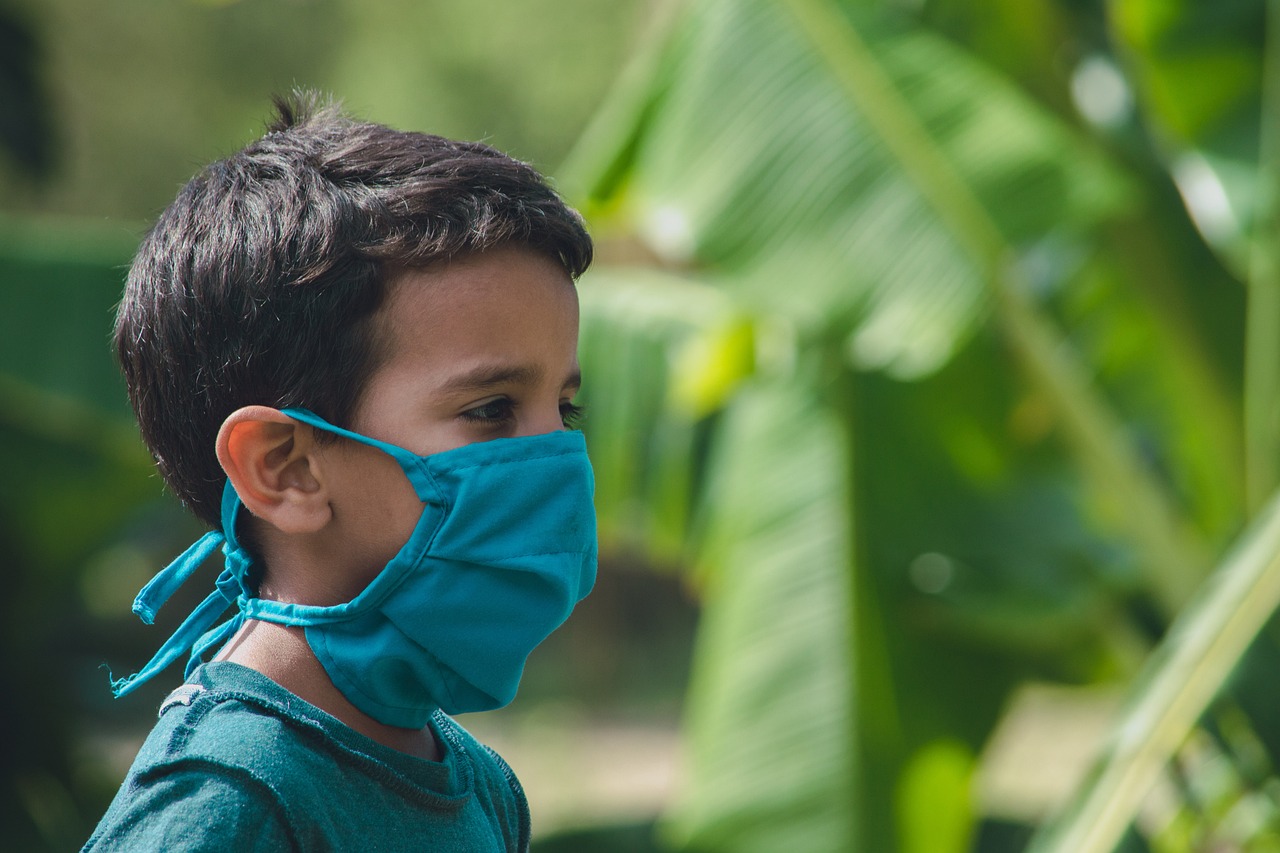Understanding Food Allergies and Their Effects on Daily Life
Food allergies are adverse reactions by the immune system to certain foods. When someone with a food allergy consumes the specific food, their immune system mistakenly identifies it as harmful and releases antibodies to fight off the perceived threat. This immune response triggers a range of symptoms that can vary from mild to severe, depending on the individual’s sensitivity to the allergen.
The most common food allergens include peanuts, tree nuts, shellfish, fish, milk, eggs, soy, and wheat. It’s important for individuals with food allergies to carefully read food labels and be aware of potential hidden allergens in processed foods. Cross-contamination during food preparation can also pose a risk for those with food allergies, making it crucial to communicate dietary needs when dining out or attending social gatherings.
Types of Food Allergies
Food allergies can vary widely and can be triggered by a range of foods. Some of the most common types of food allergies include nuts, shellfish, eggs, dairy, soy, and wheat. Individuals with nut allergies may experience severe reactions if exposed to peanuts, cashews, almonds, or other tree nuts. Shellfish allergies can cause adverse reactions to shrimp, crab, lobster, and other crustaceans. Egg allergies can lead to symptoms like hives, swelling, or even anaphylaxis in some cases.
Dairy allergies are common in both children and adults and can cause digestive issues, skin rashes, or respiratory problems. Soy allergies are also prevalent and can be triggered by soy-based products such as tofu, soy milk, and soy sauce. Wheat allergies can result in symptoms like bloating, diarrhea, or eczema. It is crucial for individuals with food allergies to carefully read food labels and be aware of potential allergens in their diet to avoid adverse reactions.
Common Symptoms of Food Allergies
Food allergies can manifest in a variety of symptoms, ranging from mild to severe. Skin reactions, such as hives, eczema, or swelling, are common signs of a food allergy. These may appear shortly after consuming the allergen and can vary in intensity depending on the individual’s sensitivity.
In addition to skin reactions, gastrointestinal symptoms are also prevalent among those with food allergies. These may include stomach pain, nausea, vomiting, and diarrhea. These symptoms can be uncomfortable and disruptive to daily life, underscoring the importance of identifying and avoiding trigger foods.







